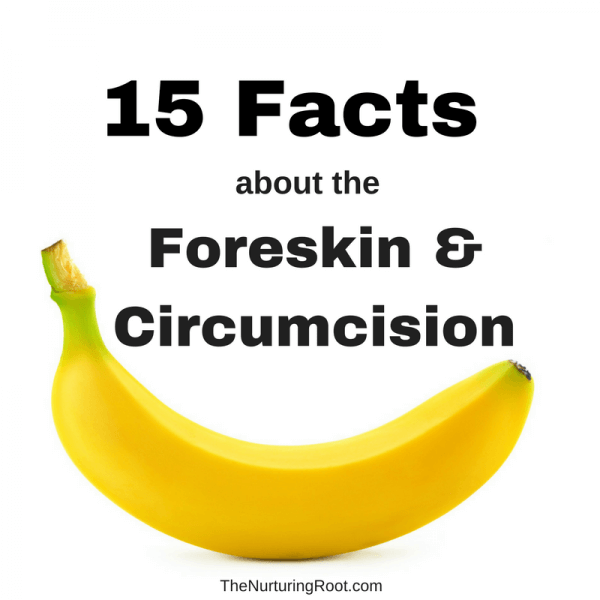Circumcision, the surgical removal of the foreskin from the penis, is most commonly performed on newborns. With a global circumcision rate of approximately 30%, the United States in the only country in the world that circumcises infant for non-religious reasons.
FACTS ABOUT CIRCUMCISION
- Originally, the goal of circumcision was to desensitize the penis to curb masturbation. Dr. Kellogg, inventor of the corn flakes, was a major promoter of the procedure.
- The foreskin, containing 20,000 nerve endings as opposed to the 8,000 in a clitoris, is a highly sensitive, functioning part of the male anatomy. It’s purpose is to protect the glans, or the head of the penis from abrasions and to keep dirt and bacteria from the urinary tract.
- The average adult foreskin consists of 1½ inches of outer skin, 1½ inches of inner mucosal lining – totaling a length of 3 inches – and is 5 inches in circumference when erect. This amounts to a surface area of 15 square inches, or a surface area equivalent to that of a 3″ by 5″ inch index card.
- Circumcision is not routinely practiced in most countries. In fact, The United States is the ONLY country where circumcision is done routinely for non-religious reasons. Aside from being a Muslim and Jewish cultural practice, it is a very American practice.
- After reviewing 40 years of research, it has been determined by the American Academy of Pediatrics that routine infant circumcision cannot be recommended. In fact, no professional medical association in the world recommends routine infant circumcision, nor do they state it is medically necessary.
- When the foreskin is removed, the head of the penis can develop a thick layer of skin to protect it, making it much less sensitive. As a result, circumcised men are 3 times more likely to have issues with erectile dysfunction.
- Circumcision can reduce a baby’s risk of getting an urinary tract infection (UTI) by 1%. In other words, in order to prevent 1 UTI, 100 circumcisions would need to be performed.
- It has been claimed that circumcision can reduce one’s risk of contracting HIV/AIDS. The United States has one of the highest incidence of HIV/AIDS, yet we are the only country that routinely circumcises male babies.
- A foreskin doesn’t separate from the head of the penis until adolescence, sometime between 3 and 15 years of age. Until this separation occurs, you only need to clean the outside of the penis. You clean it just as you would any other part of your body. In fact, a newly circumcised penis, which has an open wound, may be more difficult to clean and care for during diapering.
- 117 babies die each year as a result of circumcision complications. The foreskin and penis is a highly vascularized area that contains a significant amount of blood flow. A newborn only has a total of 11.5 ounces of blood. That’s just shy of a cup-and-a-half. A newborn only needs to lose 1 ounce to hemorrhage, and 2.3 ounces, which is a the amount in a shot glass, to bleed to death. You can read more about it here from DrMomma.org.
- According to the CDC, circumcision rates have fallen to 55.4% in the United States.
- A Mohel, a person specially trained in circumcision techniques, can perform the circumcision, even on non-Jews. It has been argued the Mohels perform the procedure more quickly and gently than in clinical settings.
- Cortisol levels, a stress hormone, are 3-4 times higher during circumcision than prior to the procedure, which can contribute to post-op breastfeeding challenges. It is also thought that the pain and trauma from undergoing circumcision may impact the child’s response to pain or stress throughout their life. Canadian investigators report that during vaccinations at age 4-6 months, circumcised boys had an increased behavioral pain response and cried for significantly longer periods than did intact boys. For more information about this click here.
- Foreskins are harvested to make high-end face creams and are often used for cosmetic testing to determine a product’s safety.
- Anti-circumsicion activists are referred to as intactivists.




